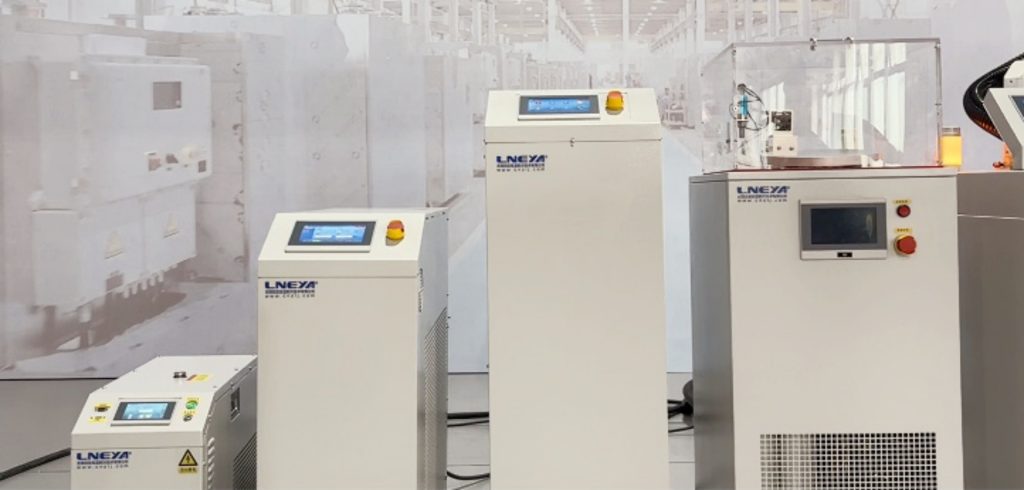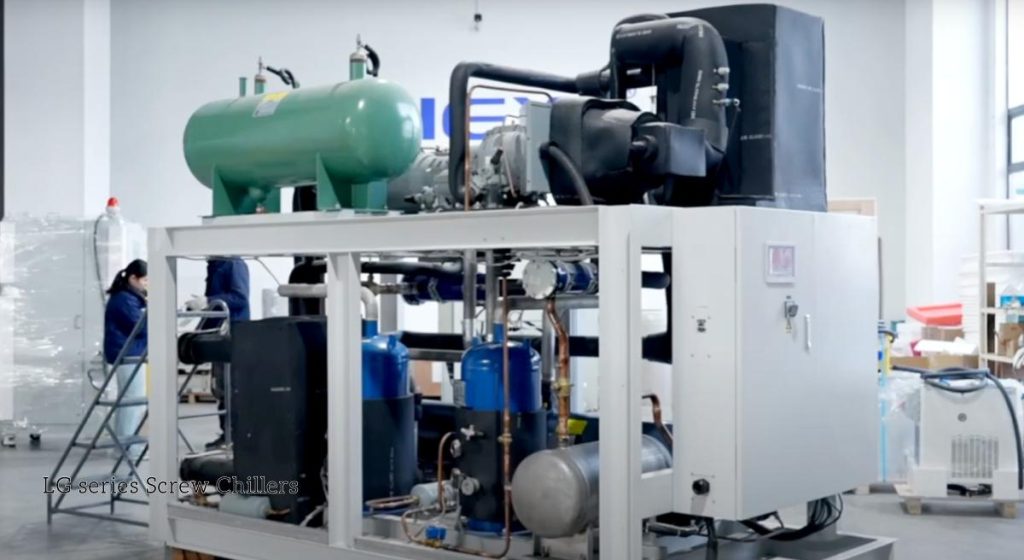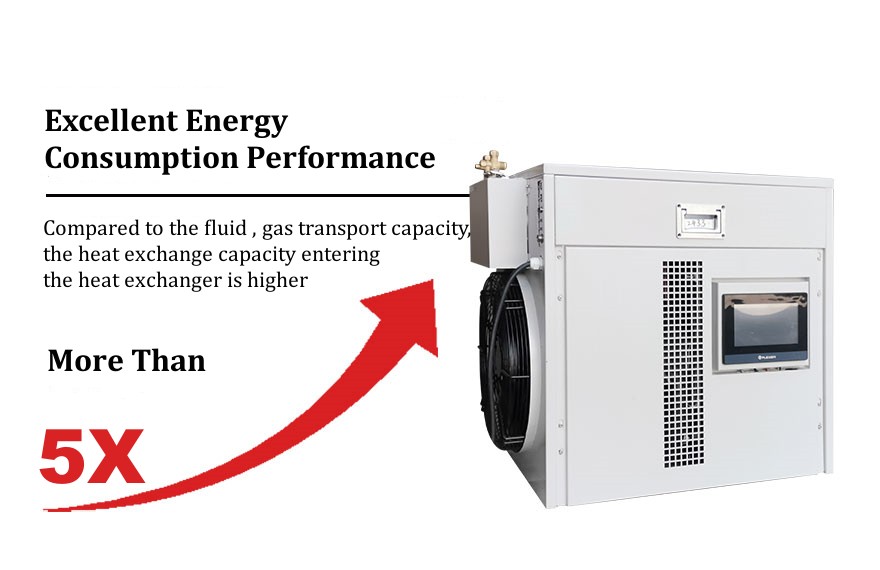Chiller Refrigerant Charging: Tools, Steps and Tips

- 4 tipi di sistemi di refrigerazione: quale si adatta alla tua struttura?
- Cos’è un chiller VFD: chiller VFD vs chiller non VFD
- What is a Gas Chiller
- What is a Scroll Chiller
- What is a Screw Chiller
- Chiller Refrigerant Charging Tools Steps and Tips
- Chiller Low Pressure Alarm 5 Common Reasons and Solutions
- Is r22 refrigerant still available for chillers
- Agosto 2025
- Luglio 2025
- Giugno 2025
- Maggio 2025
- Marzo 2025
- Febbraio 2025
- Gennaio 2025
- Dicembre 2024
- Novembre 2024
- Ottobre 2024
- Settembre 2024
- Agosto 2024
- Luglio 2024
- Giugno 2024
- Maggio 2024
- Aprile 2024
- Marzo 2024
- Febbraio 2024
- Settembre 2023
- Luglio 2023
- Giugno 2023
- Maggio 2023
- Gennaio 2023
refrigeratore raffreddato ad aria refrigeratore refrigeratori Congelatore a freddo refrigeratore di raffreddamento circolatore di raffreddamento e riscaldamento sistema di raffreddamento e riscaldamento cooling system sistema di controllo dinamico della temperatura congelatore circolatore di riscaldamento refrigeratore industriale raffreddamento industriale congelatore industriale frigorifero industriale reattore a camicia refrigeratore a bassa temperatura notizie reattore refrigeratore raffreddamento del reattore raffreddamento del reattore riscaldamento riscaldamento del reattore raffreddamento circolatore refrigerato refrigeratore a vite refrigeratore per semiconduttori refrigeratore di prova per semiconduttori sundi tcu controllo della temperatura camera di prova termostato refrigeratore a bassissima temperatura refrigeratore di prova per veicoli refrigeratore d'acqua refrigeratore raffreddato ad acqua
Most chiller manufacturers sell their units pre-filled with refrigerante. Upon receipt, users only need to connect the piping, charge the coolant, and plug in the power cord before use. However, some users who have already purchased their own refrigerant or have existing stock may choose to save money by purchasing pre-filled chiller units and then filling them themselves.
How do you properly charge a chiller with refrigerant? This article explains the common tools, detailed steps, and precautions required during the charging process.
1. Preparing Refrigerant Charging Tools
Preparing the refrigerant charging tools in advance can save you significant time. Common tools recommended by our engineers include:
• Refrigerant charging equipment: such as a manifold gauge set, charging hose, and refrigerant tank
• Vacuum pump: for extracting air and moisture from the circulation system
• Electronic scale: for accurately charging the refrigerant
• Safety equipment: gloves and goggles
2. Checking the Chiller
Before charging refrigerant, ensure the chiller is functioning properly and the power cord is off. Professionals will use soapy water or an electronic leak detector to check for leaks. Avoid further malfunctions caused by refrigerant leaks after refrigerant filling.
3. Connecting Equipment
After ensuring that the equipment is not faulty, connect one end of the charging hose to the refrigerant tank and the other end to the low-pressure port of the manifold gauge.
4. Vacuuming
Open the pressure gauge and start the vacuum pump to remove all air and moisture from the system. This process typically takes 15-30 minutes, until the pressure reaches below -0.1 MPa. Then, turn off the vacuum pump and pressure gauge. Importantly, turn off the pressure gauge before turning off the vacuum pump to ensure the system remains under vacuum.
5. Charging Refrigerant
During the refrigerant charging process, it is important to constantly monitor the charge level, so a digital scale is required. Before charging, place the refrigerant tank on the scale and record the initial weight.
Then, invert the tank and slowly open the valve to begin charging. During this process, carefully monitor the pressure gauge to ensure the low-pressure side pressure is within the normal range (usually between 0.4 and 0.7 MPa).
More refrigerant isn’t always better. The charge volume should be strictly controlled according to the chiller’s specifications and manufacturer’s recommendations. You can use a digital scale to monitor the weight of the refrigerant being charged to ensure it’s within the normal range.

6. Check System Operation
After charging is complete, close the refrigerant tank valve, disconnect the charging pipe and pressure gauge. Then, start the chiller and verify normal operation. This can be determined by observing the pressure gauge reading and the system’s cooling performance.
7. Check for Refrigerant Leaks
Although pre-charging checks are already performed, a helium test and pressure hold check after charging are also essential. After starting the system, check all system connections for refrigerant leaks.
8. Record Data and Organize Tools
To facilitate subsequent maintenance and management, you should record the type, weight, and operating pressure of the refrigerant charged. Additionally, close all valves, organize charging tools and equipment, and ensure a clean and tidy workspace.
9. Precautions
• When charging refrigerant, always follow relevant safety regulations and avoid direct contact with the refrigerant to prevent frostbite.
• Pay close attention to pressure changes during the charging process to ensure the system operates within a safe range.
• If you are unfamiliar with the operation, it is recommended that you consult a qualified technician to perform the charging.
Conclusione
Need help with chiller refrigerant charging or troubleshooting cooling performance? Contact LNEYA’s technical team for expert support.
Chiller correlati
CONTATTO
TEL:TELEMATICO
EMAIL: EMAIL: EMAIL: EMAIL: EMAIL: EMAIL: EMAIL
WeChat e WhatsApp: il nostro servizio

Wechat QR

Hai domande o hai bisogno di un preventivo? Compila il modulo sottostante e il nostro team ti risponderà entro 24 ore.
 Refrigeratori industriali LNEYA Produttore Fornitore
Refrigeratori industriali LNEYA Produttore Fornitore
















